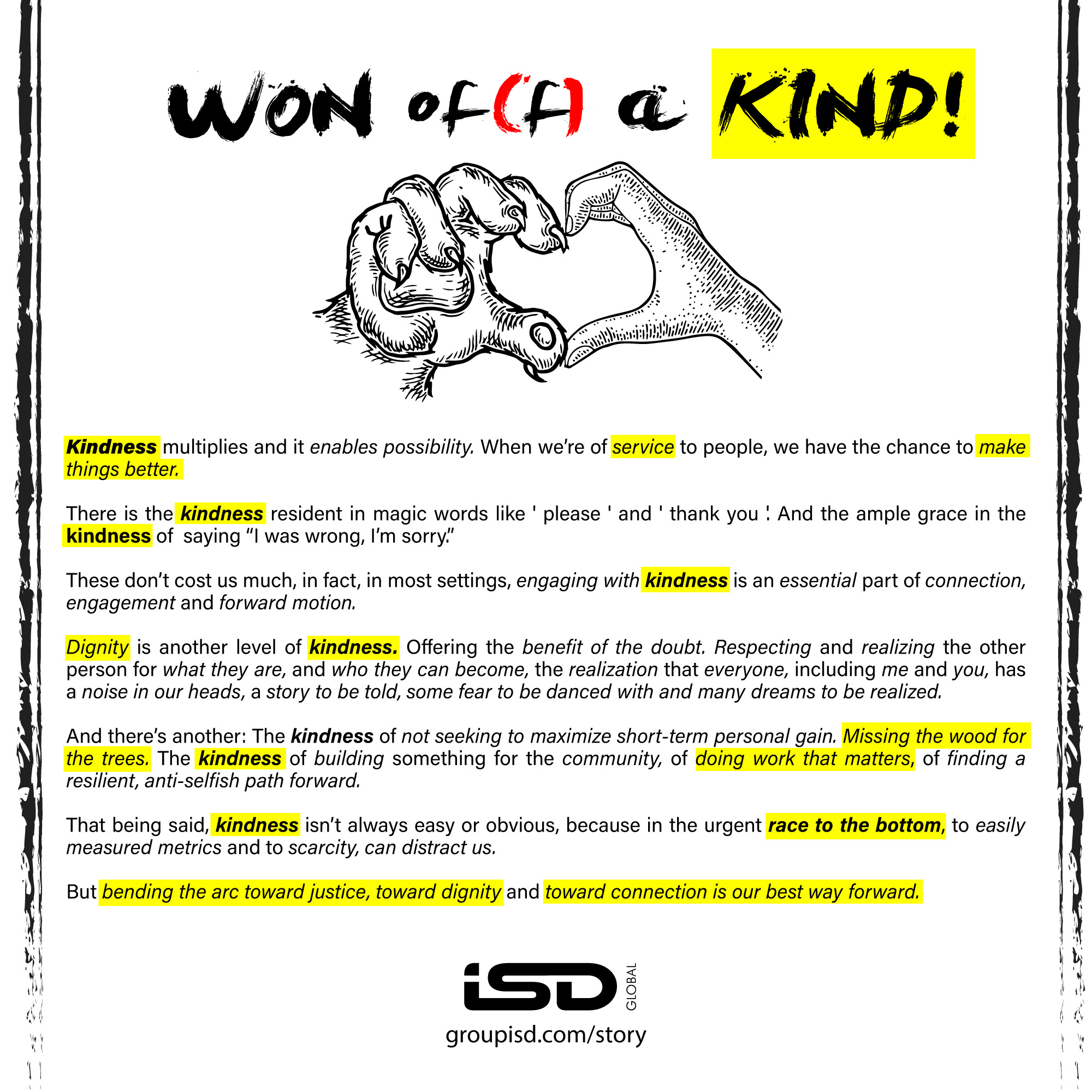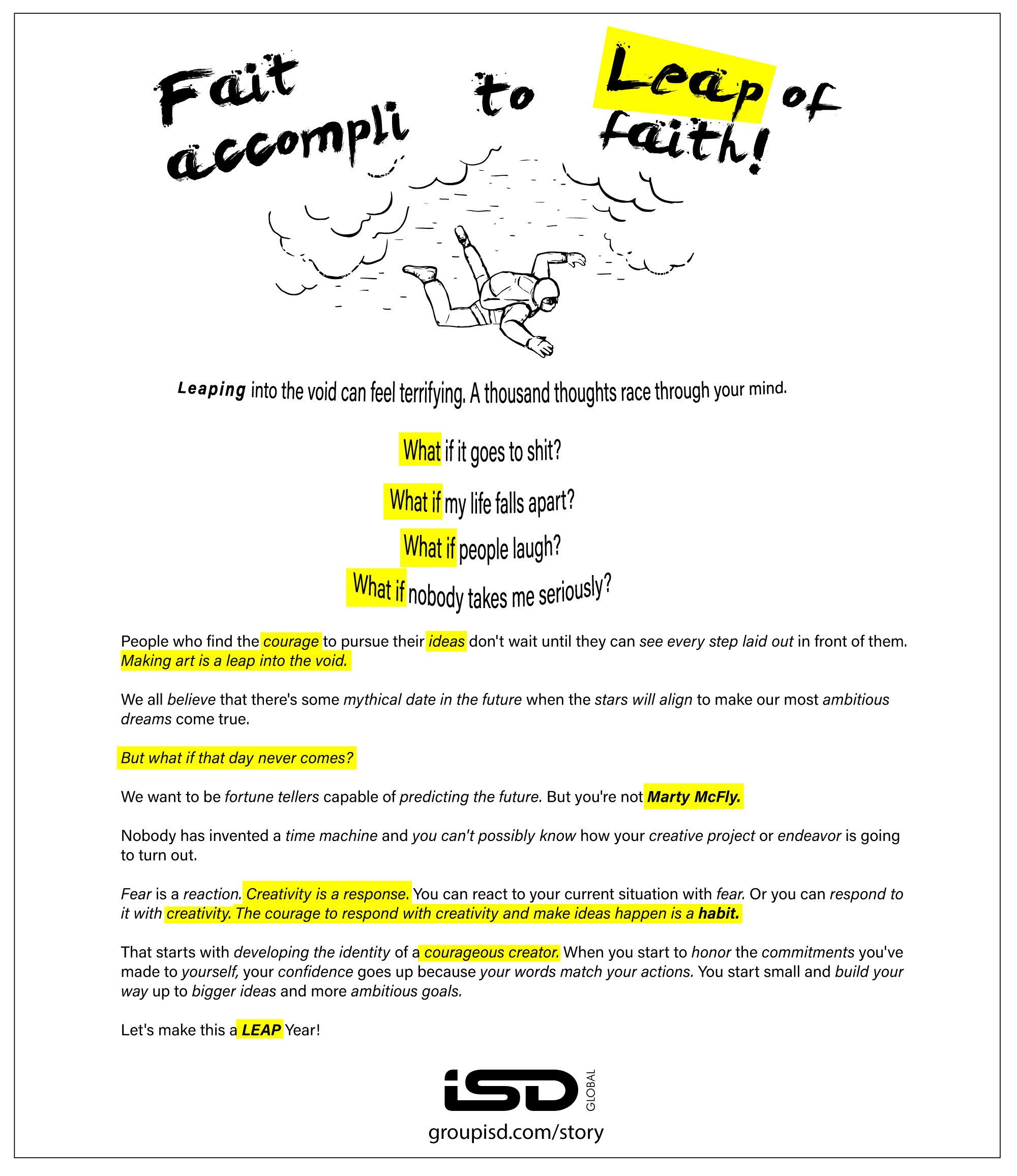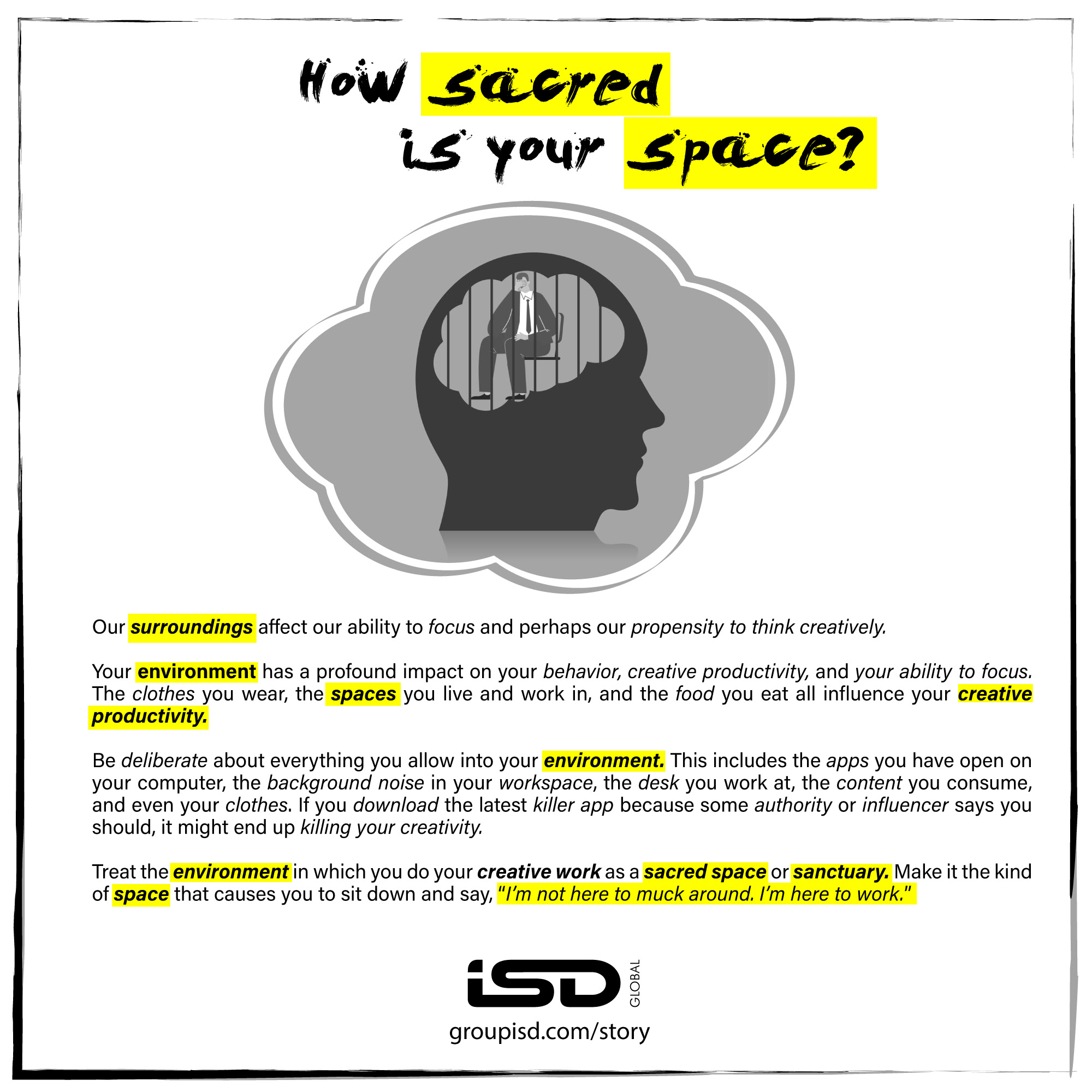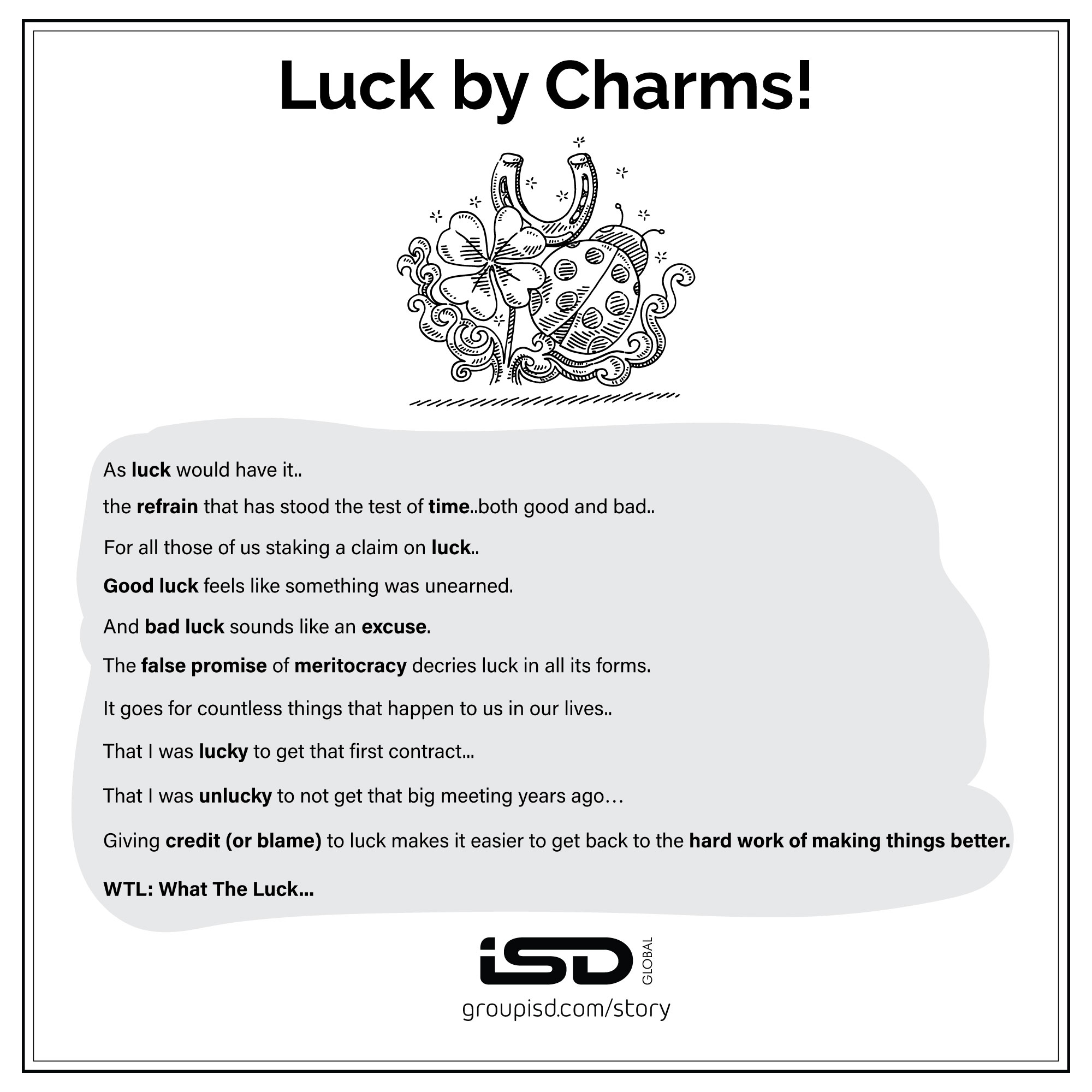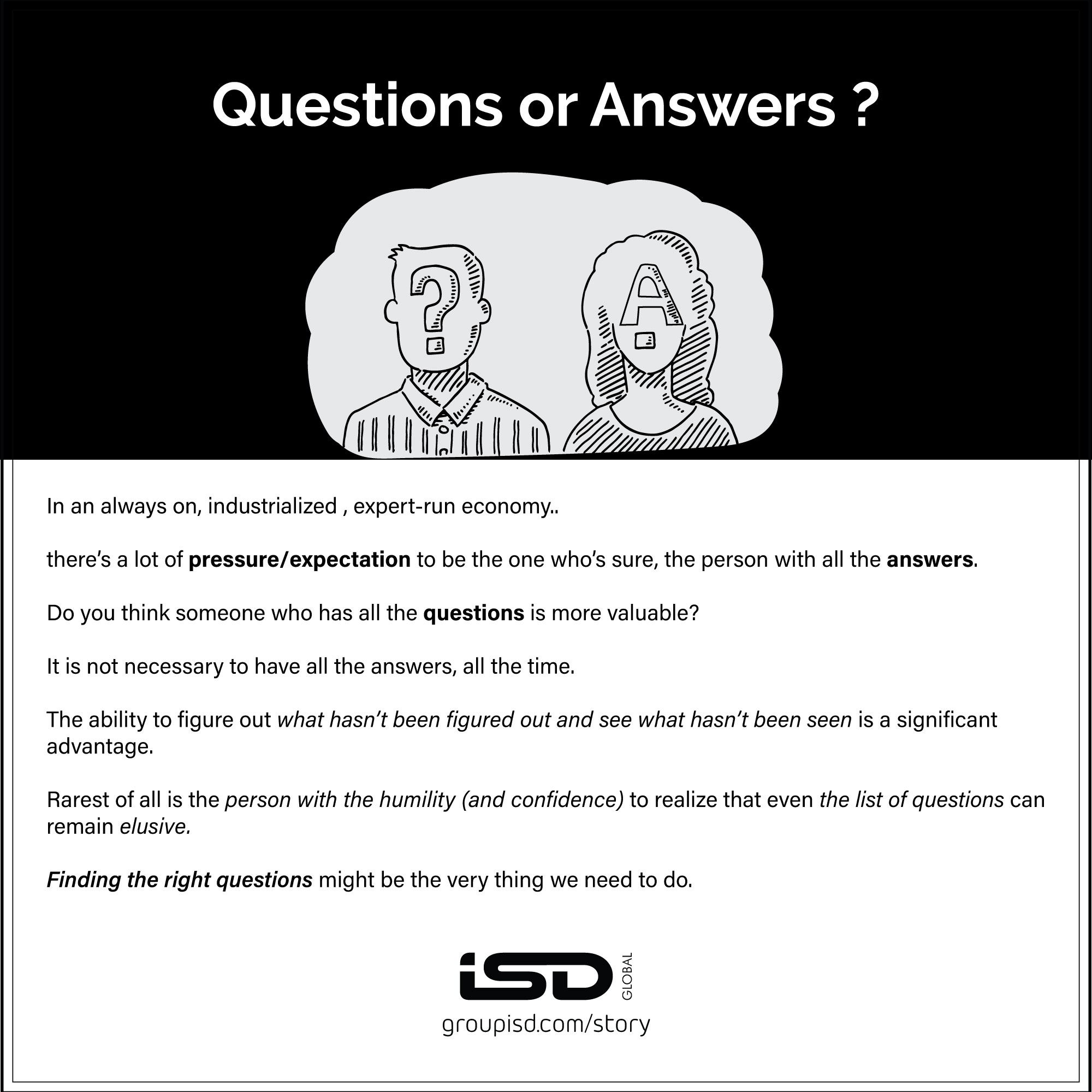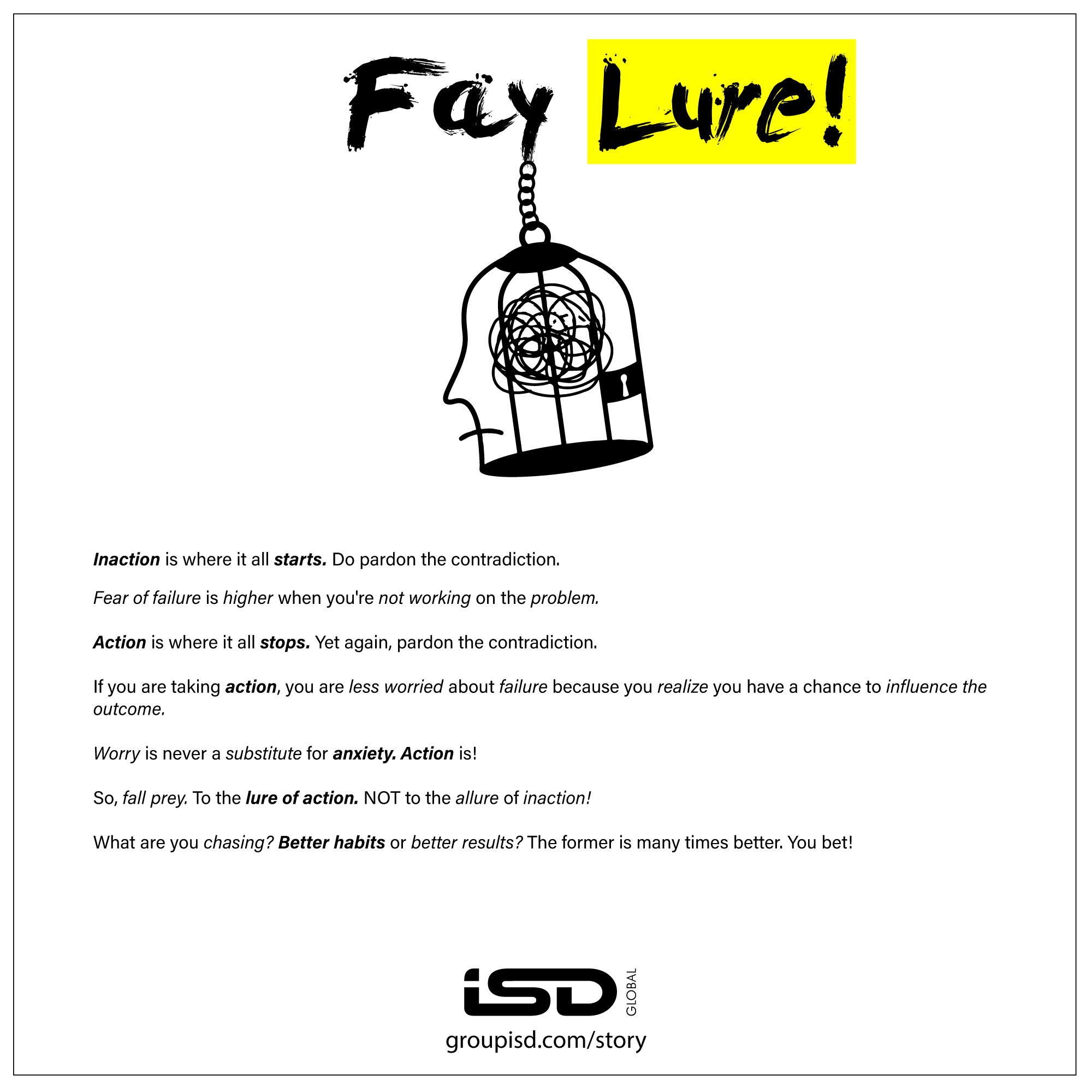The barrage is non-stop. Requests for connections. Another feather in the cap. Another vanilla metric to flaunt your social standing. Another ‘virtual friend’.
The legendary Greek Philosopher Aristotle once said, “Man is by nature a social animal, an individual who is unsocial naturally and not accidentally is either beneath our notice or more than human. Society is something that precedes the individual.” He said this because human beings live in groups whether they are smaller like a family or larger like a city or country.
And that precisely is the reason why societal interventions seem to be dominating the discourse when it comes to offering solutions to foster connection, often to the exclusion of more individual ones. There are myriad theories about why we are struggling to connect, and just as many proposed solutions.
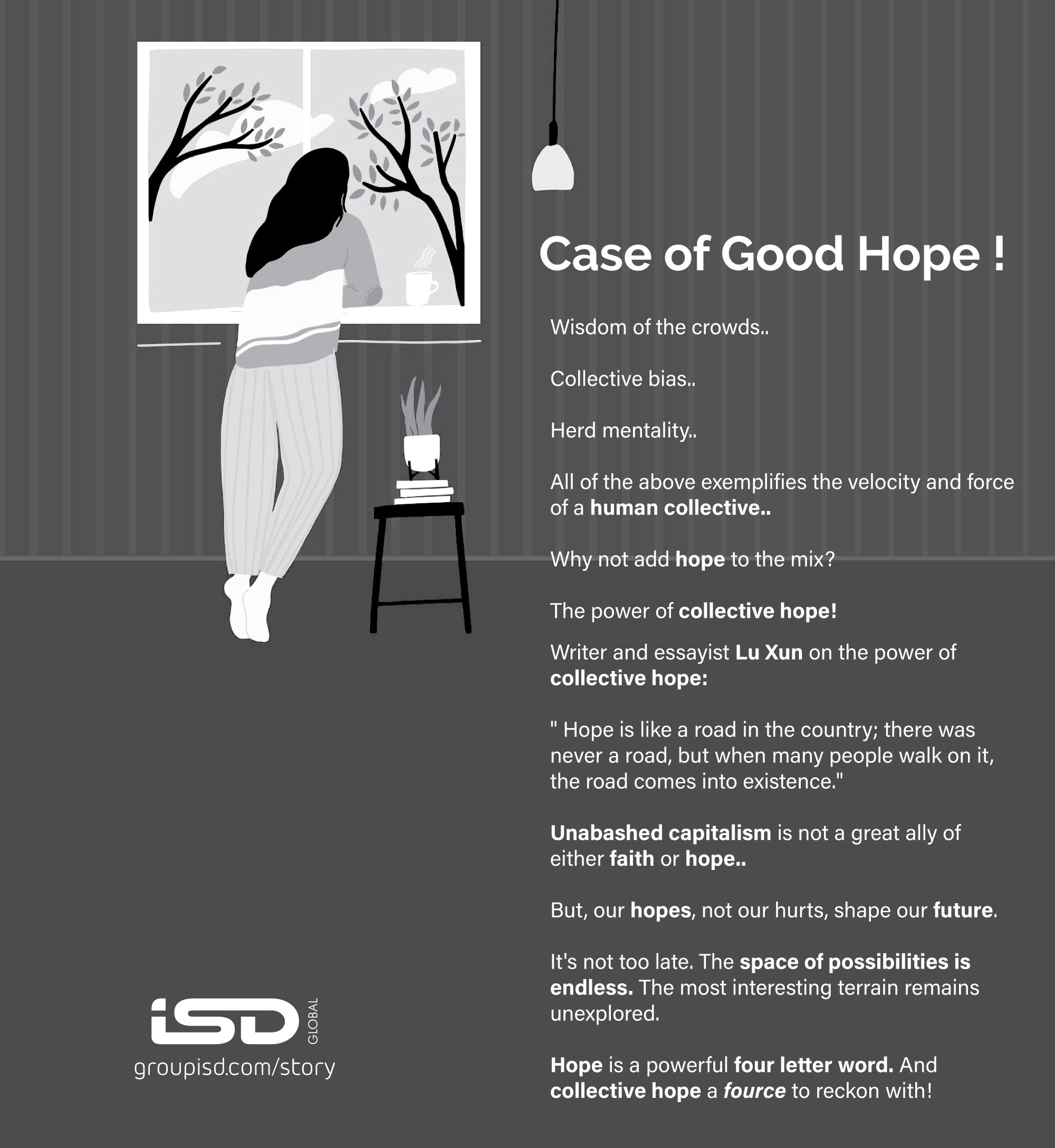
According to Surgeon General Vivek Murthy, the United States is in the throes of what he recently labeled a loneliness “epidemic”, with nearly one in four Americans over 18 say they often or always feel lonely. Things may not be very different in other countries.
Findings at the intersection of neuroscience and psychology suggest that feelings of loneliness are a biological signal, a clarion call to remind us that we need other people. That being said, there is a theory that runs counter to the default. Without the crutch of social connection, what we, as individuals can do to alleviate the situation- most of them are frictionless and non controversial- like engaging with nature or woods( if our modern day cities have them), physical exercise, one on one cognitive intervention and such like.
Mind you that this is not a prescription asking you to plough a lone furrow but a reconciliation to the fact that we need the best of both worlds to fight this ‘ epidemic ‘ via a personal as well as collective approach.
As we all know, it takes nothing to join the crowd, but, you also have to go ahead, even if no one goes with you.
” Alone is a state of being or body, whereas loneliness is state of mind “- Invajy
As I conclude, may I tempt fate and ask you to take a look at this article in BrandKnew about the power of emotions.
ENDS

